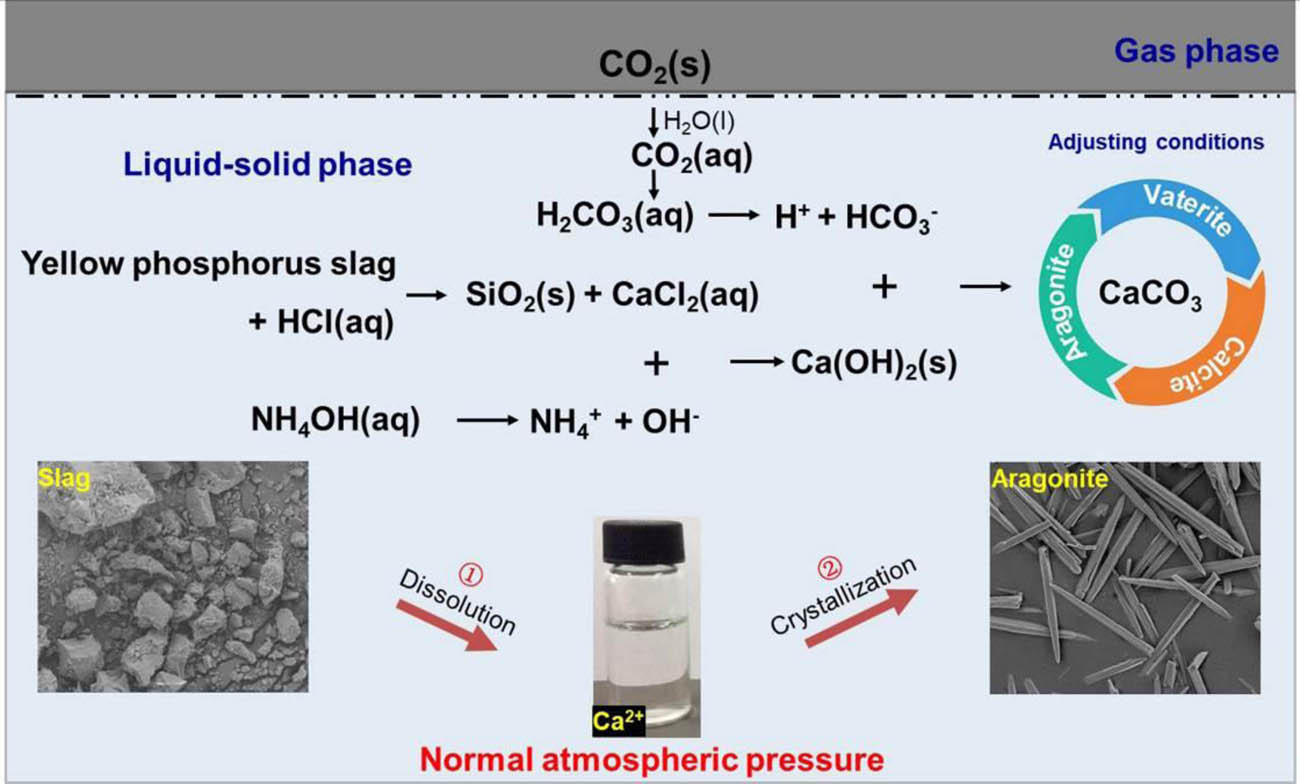
Crystals of calcium bicarbonate have been successfully synthesized, nearly two centuries after the mineral was initially theorized to exist. The researchers state that obtaining and resolving the crystal structure fills a historical void in both educational resources and modern research.
Calcium bicarbonate (Ca(HCO₃)₂) is a widely recognized, water-soluble mineral. Nevertheless, past efforts to isolate crystals of this mineral from solution have not succeeded, due to its propensity to break down into more stable calcium carbonate (CaCO₃) when water evaporates.
Researchers in China have now created the first solid calcium bicarbonate crystals by utilizing ethanol, a less-polar solvent, which aids in stabilizing the bicarbonate ions. The team introduced carbon dioxide into an anhydrous ethanol solution containing dissolved calcium dichloride (CaCl₂) and ammonia. This reaction produced the necessary bicarbonate ions, which then coordinated with calcium to form calcium bicarbonate precipitates. Employing the same method, the researchers also synthesized bicarbonate crystals of strontium and barium, which had previously been challenging to create.
Diffraction studies on calcium bicarbonate indicated a rhombohedral crystal structure akin to that of calcium carbonate. However, the new mineral exhibits increased porosity due to the distinct binding modes of bicarbonate within the crystal, one of which contributes to bridging denser ionic layers. The uncoordinated hydroxy group may further enhance the distance between layers, with researchers comparing it to the ‘dangling’ methyl group present in calcium acetate (Ca(CH₃COO)₂).
Computational evaluations showed that the reduced polarity of ethanol enhances the stability of the O–H bond in the bicarbonate ions, thus inhibiting deprotonation and the breakdown into calcium carbonate.
The researchers emphasize that the formation of calcium bicarbonate crystals broadens the understanding of how metal-bicarbonate bonds develop within ionic compounds. They also highlight that such materials might provide novel methods for extracting carbon dioxide from the atmosphere through direct mineralization.